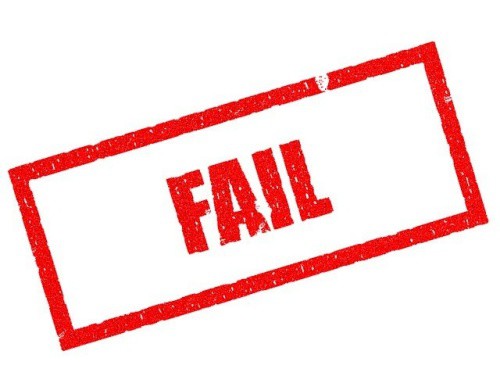According to Mckinsey, Internet of Things (IoT) will have a total economic impact of US$4 to US11 trillion a year by 2025, which will be equal to about 11% of the world economy.
One dark spot, however, is that 76% of IoT projects either stall at the proof-of-concept stage or fail to achieve their objectives, according to Martin Killian, senior IoT solutions architect at Speedcast, during the second day of the CommunicAsia virtual event.
He pointed out that current regulatory barriers and costs of connectivity can have a detrimental impact on IoT projects worldwide. This, he said, means that service providers and organisations can often face barriers before they even start, leading them to abandon IoT projects or deem them too unsuccessful to continue.
“IoT has the capability to be a real game-changer for a range of different industries but can be a challenge due to the local and global regulatory barriers and the costs of moving increasing volumes of data,” Killian said. “Delivering successful IoT projects can be complex but with the right solutions and strong technology partners, the number of IoT project failures can drastically be reduced.”
Consider all aspects of an IoT solution
To stay ahead of the competition, Killian said companies must consider all aspects of the solution and find vendors that have strong system integration capabilities – allowing for the guaranteed success of their IoT projects – delivering greater efficiency and increased revenues.
“To meet the exponential demands of consumers both today and in the future, we have created device and network agnostic IoT solutions to seamlessly manage data from multiple communications vendors,” he said, adding that the Speedcast IoT platform has added new capabilities, offering customer-centric devices and applications, Lora gateway and edge functions, to ensure the success of any future IoT projects.
Killian noted that If businesses want to avoid common pitfalls to achieve success, complete, managed services of end-to-end delivery for all types of satellite IoT solutions and ubiquitous dual mode-cellular and satellite device coverage are critical.
“IoT solutions are, by their nature, complex. Success depends on data capture and data communications on a massive scale and marshalling the right technologies, technology partners and communications providers to meet the necessary requirements.”



